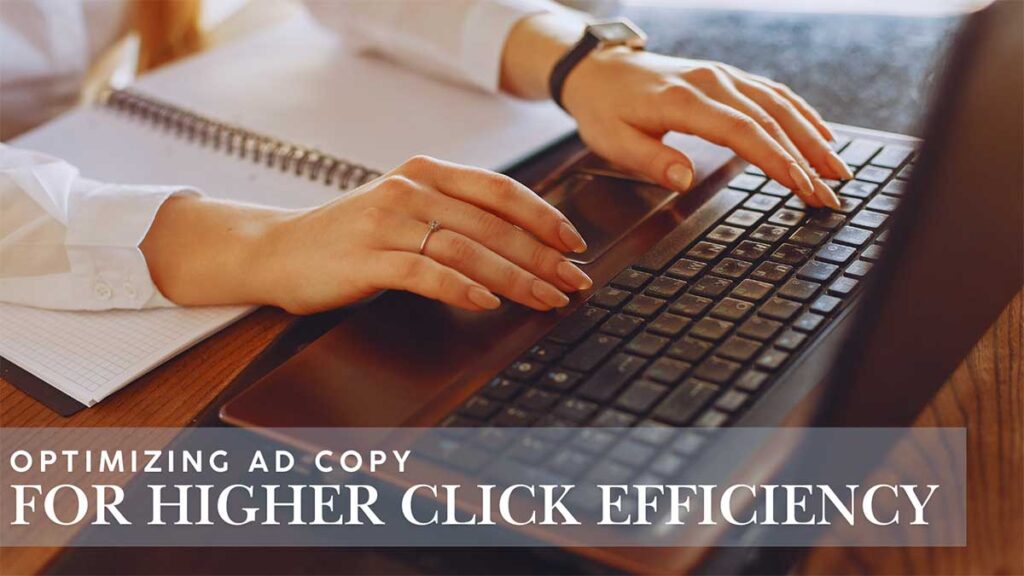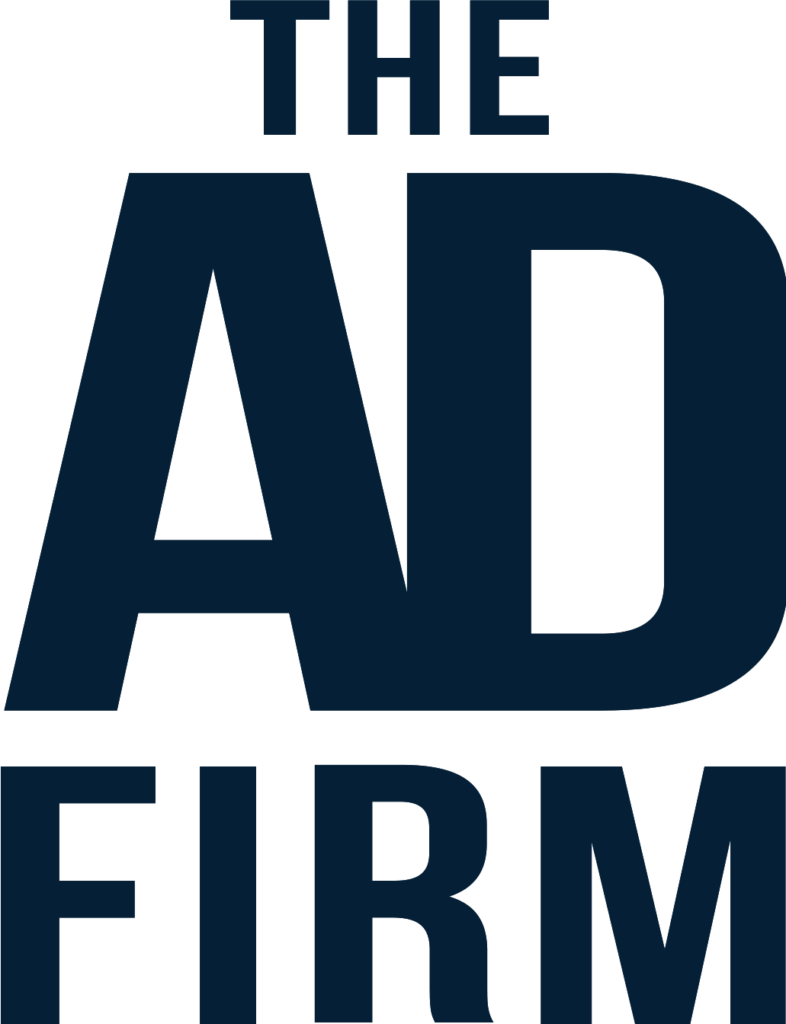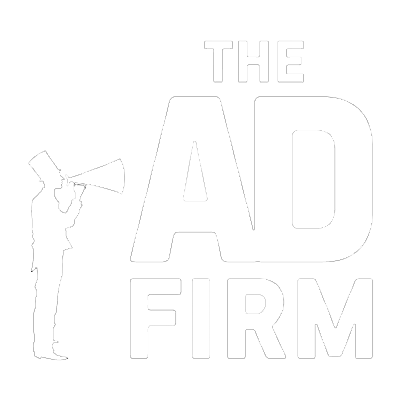Pay-per-click (PPC) advertising can be a powerful tool for driving traffic and conversions, but without proper optimization, it can also become a money drain. Many businesses struggle with inefficient campaigns that generate clicks but fail to convert, leading to wasted ad spend.
Cutting losses requires a strategic approach, whether you’re working with a PPC agency, managing your own campaigns, or seeking better results from eCommerce PPC management. This guide covers essential PPC optimization tips to improve efficiency, reduce waste, and maximize returns.
Understanding Your PPC Metrics
Successful PPC campaigns start with understanding performance data. Tracking the right metrics helps identify inefficiencies, refine strategies, and allocate budget effectively.
Without analyzing key PPC metrics, businesses risk overspending on ads that fail to deliver real value. Understanding how different metrics impact profitability allows businesses to make informed decisions, ensuring their ad spend generates meaningful returns.
Key Metrics to Monitor for Cost Control
Several crucial metrics determine the profitability of a PPC campaign. Monitoring these helps optimize ad spend and improve performance:
- Cost-Per-Click (CPC): The amount paid per click directly affects budget efficiency. If CPC is high but conversions are low, money is being wasted. Businesses should continuously assess CPC to ensure they are paying for qualified leads rather than clicks with no return.
- Click-Through Rate (CTR): CTR measures how often users click on ads compared to how many times they appear. A low CTR may indicate weak ad copy, poor targeting, or an irrelevant offer. Improving ad relevance and refining targeting can significantly increase CTR.
- Conversion Rate: This metric tracks the percentage of visitors who take the desired action, whether purchasing, signing up for a service, or requesting a quote. A high CTR but a low conversion rate suggests that the landing page experience does not align with user expectations.
- Quality Score: A Google Ads metric that evaluates keyword relevance, ad copy, and landing page experience. A low-quality score increases CPC and reduces ad placements. Improving ad relevance, refining keywords, and optimizing landing pages can enhance Quality Scores, leading to better ad placement at lower costs.
Businesses should monitor these key metrics regularly to adjust bidding strategies, refine ad copy, and optimize campaign performance. Neglecting them leads to budget waste and missed revenue opportunities.
Refining Keyword Strategies to Minimize Waste
Keywords determine ad visibility and relevance. Poor keyword choices attract unqualified traffic, leading to low conversions and unnecessary spending. A refined keyword strategy ensures ads reach the right audience while reducing wasted budget. By selecting the right keywords and continuously optimizing them, businesses can improve eCommerce PPC management campaigns for better performance and efficiency.
Conducting Smarter Keyword Research
Selecting the right keywords is critical for PPC success. The objective is to target high-intent, low-competition keywords that generate valuable traffic rather than clicks that do not convert. A well-researched keyword strategy allows businesses to maximize ad performance without overspending. Here’s how to refine keyword selection:
- Search Intent Matters: Not all keywords carry the same intent. Some users are looking for information, while others are ready to buy. Target transactional keywords that indicate strong purchase intent, such as “buy,” “best price,” or “discount on [product name].” Avoid broad informational keywords like “how to” or “what is” unless part of a separate brand-awareness strategy.
- Competitor Analysis: Studying competitors’ keyword strategies provides valuable insights. Identify high-performing keywords competitors are ranking for and analyze gaps where they are underutilizing search terms. Tools like SEMrush, Ahrefs, and Google Ads Keyword Planner can help uncover keyword opportunities that competitors might be missing.
- Long-Tail Keywords: These phrases are longer and more specific, attracting highly targeted traffic. They typically have lower cost-per-click (CPC) and higher conversion rates since they align with precise search queries. For example, instead of bidding on “running shoes,” an ad targeting “best cushioned running shoes for flat feet” attracts users with a specific need, increasing the likelihood of conversion.
A strong keyword research strategy ensures that PPC campaigns focus on driving relevant traffic while keeping acquisition costs under control.
Leveraging Negative Keywords to Reduce Wasted Spend
Negative keywords prevent ads from appearing in irrelevant searches. Without a negative keyword strategy, businesses risk spending their budget on clicks from users who are unlikely to convert. Implementing negative keywords is one of the most effective ways to refine campaign targeting and improve ad efficiency.
- Exclude Irrelevant Searches: If selling high-end shoes, businesses should exclude keywords like “cheap,” “free,” or “budget” to avoid bargain shoppers who are unlikely to make a purchase. Similarly, if a company offers paid SEO services, terms like “SEO free tools” should be added to the negative keyword list to prevent wasteful clicks.
- Refine Campaign Targeting: Negative keywords ensure ads do not appear for unrelated searches. Regularly updating negative keyword lists prevents ads from showing up in searches that have little to no relevance to the business. This is particularly important in eCommerce PPC management, where generic searches can generate high traffic but low conversion rates.
Businesses can significantly reduce wasted ad spend and increase ROI by continuously analyzing search terms and refining negative keyword lists.
Optimizing Ad Copy for Higher Click Efficiency

Effective PPC campaigns depend on well-structured ad copy that attracts qualified leads while filtering out unqualified clicks. A well-optimized ad doesn’t just drive traffic—it ensures that the right audience engages with your offer. The key is crafting persuasive messaging that aligns with user intent and differentiates your brand.
Writing Ads That Attract Buyers, Not Browsers
Not all clicks lead to conversions. Some users click out of curiosity, while others are actively searching for a solution. The goal of compelling ad copy is to attract buyers who are ready to take action. Here’s how to refine your messaging to drive high-intent traffic:
- Use Clear and Actionable Headlines
The headline is the first thing a user notices, and it determines whether they engage with the ad. Strong, action-oriented phrases create urgency and increase the likelihood of a click from the right audience. Consider these examples:
- “Drive More Sales with Expert eCommerce SEO – Get a Free Audit!”
- “Boost Rankings with Professional WordPress SEO Services – Start Today!”
- “Effective SEO for Small Business – Scale Your Growth Now!”
- These headlines communicate a benefit while using persuasive language. In contrast, generic headlines like “Affordable SEO Services” or “Best SEO Solutions” lack urgency and fail to differentiate the offer.
- Highlight Unique Selling Points (USPs)
Ads must communicate why your service stands out. A compelling USP (Unique Selling Proposition) reassures potential customers that they’re making the right decision. Strong examples include:
- “We Guarantee a Ranking Boost or Your Money Back – Try Our eCommerce SEO Services!”
- “Expert-Led WordPress SEO Services – 24/7 Support Available!”
- “Custom-Tailored SEO for Small Business – Affordable Plans & Proven Results!”
- Highlighting key benefits such as guarantees, expert support, and affordability helps build trust and increases click-through rates.
- Match Ad Copy to User Intent
Ads should align with what users are searching for. If someone is looking for SEO for Small Business, they likely need cost-effective strategies with measurable results. An ad stating:
- “Grow Your Business with Affordable SEO for Small Business – Let’s Get You Ranked!”
- is much more relevant than a generic “Best SEO Agency for Any Business.” Ensuring alignment between search intent and ad messaging improves engagement and Quality Scores while reducing wasted clicks.
A/B Testing Ad Variations for Maximum ROI
Even the best-crafted ads require ongoing refinement to maintain engagement and conversion rates. A/B testing is one of the most effective methods for optimizing ad performance by systematically comparing variations of headlines, descriptions, and calls-to-action (CTAs). This data-driven approach helps advertisers determine what resonates most with their audience, ensuring higher click-through rates (CTR) and lower ad spend waste.
A successful A/B testing strategy isn’t just about making random adjustments—it’s about creating controlled experiments that lead to measurable improvements in ad performance.
Testing Different Headlines and Descriptions
Every word in an ad matters. Even small phrasing adjustments can have a significant impact on how users engage with an ad. Headlines are often the first thing a user notices, so testing variations can reveal which messages drive the most attention.
For instance, an ad promoting Local SEO services might emphasize community engagement in one version, while another variation could focus on ranking improvements:
- “Get More Local Customers with Proven SEO Strategies!”
- “Dominate Local Search – Show Up First in Your City!”
Both convey the same goal but approach it differently. The first version appeals to businesses seeking customer engagement, while the second speaks to ranking dominance. Testing these variations helps refine messaging based on audience priorities.
Similarly, an E-commerce Marketing campaign could be positioned in multiple ways:
- “Boost Your Online Sales with Data-Driven E-commerce Ads!”
- “Get More Clicks, More Conversions – Smart E-commerce Marketing!”
Descriptions also play a critical role. Adjusting tone, clarity, and benefits can significantly improve click-through rates (CTR). For instance, testing an ad for PPC (Pay-Per-Click) management could include these variations:
- “Lower Ad Costs. Higher Conversions. Smarter PPC Strategies.”
- “Maximize ROI with Expert PPC Management – Let’s Grow Your Business!”
Each focuses on a different selling point—cost efficiency versus overall business growth. Through continuous A/B testing, businesses refine their messaging for the best audience response.
Experimenting with Calls-to-Action (CTAs)
A CTA is what drives user action, making it one of the most important elements to test. A well-crafted CTA guides potential customers toward engagement, whether it’s a sign-up, consultation, or purchase.
For example, a Web Design campaign might test:
- “Build a Website That Converts – Get Your Free Consultation Today!”
- “Transform Your Online Presence – Speak with Our Web Experts!”
Both encourage users to take action, but one focuses on conversion rates, while the other emphasizes branding and design expertise. Depending on which version generates more leads, businesses can refine future CTAs for higher engagement.
In PPC advertising, urgency-driven CTAs can boost conversions. Consider these variations:
- “Claim Your Free PPC Audit – Limited Spots Available!”
- “Let’s Optimize Your Ads – Start Scaling Today!”
The first CTA uses exclusivity to create urgency, while the second is more direct and action-driven. Testing both approaches ensures the ad aligns with the target audience’s motivations.
Additionally, businesses can experiment with softer vs. high-commitment CTAs based on the customer journey. A low-friction CTA like “Learn More About Our SEO Services” may appeal to users in the research phase, while “Get Your Custom SEO Strategy Now” targets those ready to take action.
Improving Landing Page Relevance for Better Conversions

A well-optimized landing page is critical to converting PPC traffic. If users click on an ad but don’t find relevant content on the landing page, they are likely to leave without taking action.
This wastes ad spend and lowers Quality Score, making future PPC campaigns more expensive. To maximize conversion rates, businesses must align their landing pages with ads and ensure a seamless user experience.
Optimizing for Speed, UX, and Mobile-Friendliness
A slow, difficult-to-navigate landing page discourages visitors from taking action. Even if an ad attracts the right audience, a poor user experience (UX) can result in wasted ad spend. Landing pages should be fast, responsive, and easy to interact with on all devices. Here’s how:
- Ensure Fast Load Times – Users expect pages to load in three seconds or less. Slow load times increase bounce rates and negatively affect PPC performance. To speed up a landing page:
- Compress images to reduce file size without compromising quality.
- Minimize JavaScript and CSS to prevent unnecessary loading delays.
- Use browser caching and a content delivery network (CDN) to optimize load speeds.
- Optimize for Mobile Users – With over half of all web traffic coming from mobile devices, responsive design is a must. Mobile-friendly landing pages:
- Adjust automatically to different screen sizes.
- Feature large, easy-to-click buttons.
- Have streamlined forms that require minimal input.
- Improve Readability and Navigation – Visitors should be able to scan the page quickly and find key information without difficulty. Best practices include:
- Using clear headings and subheadings to organize content.
- Implementing bullet points for easy-to-digest information.
- Choosing contrasting colors and readable fonts to enhance visibility.
Prioritizing landing page speed, mobile-friendliness, and user experience leads to higher conversions, lower cost-per-click (CPC), and improved Quality Score. A well-optimized landing page ensures seamless navigation, keeping users engaged and increasing the likelihood of successful conversions.
Maximize PPC Efficiency While Minimizing Losses
Successful PPC campaigns require more than just launching ads—they demand continuous optimization and strategic adjustments. To minimize wasted ad spend and maximize efficiency, businesses must track key metrics, refine keyword strategies, optimize ad copy, improve landing pages, and manage bids effectively. Every click counts, and without proper oversight, costs can escalate without delivering meaningful returns.
For businesses aiming to enhance their PPC strategy and improve ROI, partnering with an experienced PPC agency can provide expert guidance and customized solutions. Ready to reduce ad spend waste and drive better conversions? Contact The Ad Firm today for a tailored, results-driven PPC strategy to maximize performance and profitability.









